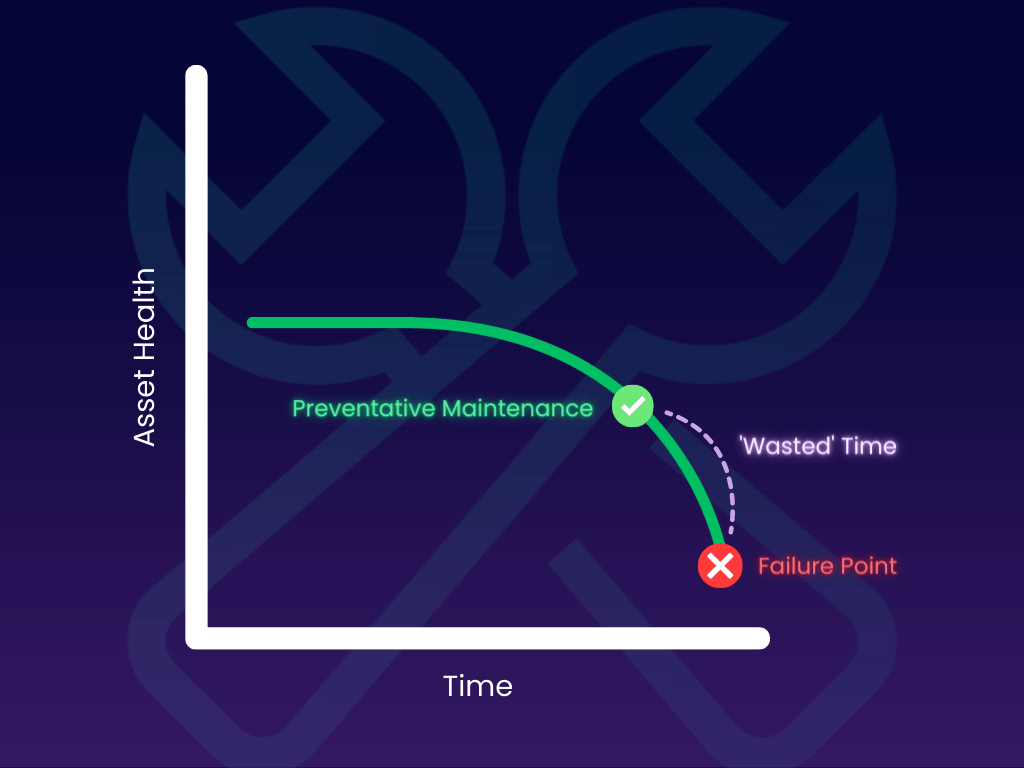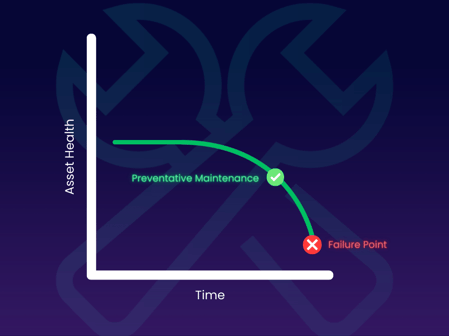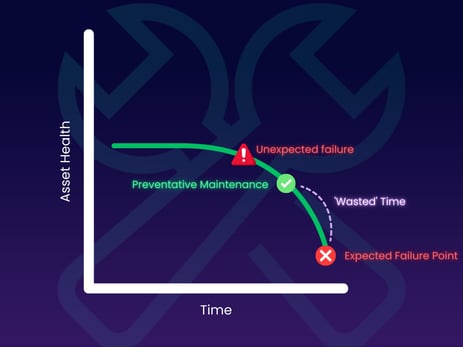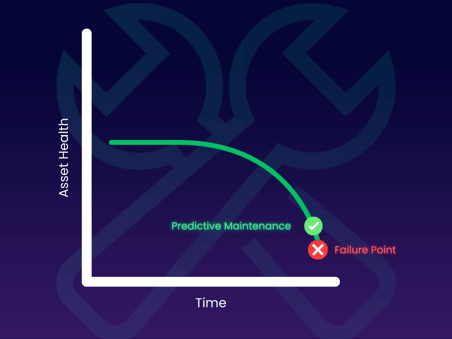Hospital Cleaning Checklists - ensuring compliance
In the UK, standards relating to the cleaning of hospitals were last updated in 2007. Now, there are the new National Standards of Healthcare...
![]() Facilities Management
Facilities Management
Manage maintenance requests & streamline operations
CMMS
CAFM
EHS
Regulatory Compliance
PPM
EAM
Operations Management
Transportation Management
![]() Food Safety
Food Safety
Prove compliance and ensure standards are up to customer expectations
![]() Retail Task Management
Retail Task Management
Enable your teams to focus on delivering quality and achieve their goals.
Task Creation & Automated Follow-up
Unified Reporting and Data Analysis
Regulatory and Audit Monitoring
Full visibility of every task
IoT
Take action on your data to get ahead
Integrations
Bring mpro5 into your other tools
Automated Workflows
Make your work effortless with automated workflows
Managed Service
Supporting your operations, every step of the way
NEWS & INSIGHTS
Blogs & news
NEWS & INSIGHTS
GET IN TOUCH
GET IN TOUCH
2 min read
 Konnor Baskaran
:
Jul 12, 2023 10:23:09 AM
Konnor Baskaran
:
Jul 12, 2023 10:23:09 AM

In this blog we will explain what the three main kinds of maintenance are - reactive, preventative and predictive.
For facilities managers, asset management is a critical priority. Ideally, we want assets to run efficiently and continuously with minimal downtime.
Every asset has a lifecycle. When it’s brand new, the asset will run perfectly, but over a given period it will deteriorate, fail and need maintenance, repair or even replacement.
It’s particularly important that critical building systems don’t fail unexpectedly such as HVAC, Security and Electrical as this can be risky to building users, cause disruption and incur service fines.
However, facilities managers must also consider the cost and efficiency of their maintenance routine.
Reactive maintenance simply means that you repair assets only when faults occur and are reported.
This has low running costs, as you are not regularly dedicating resources to maintenance, and no engineers or specialists are required unless something goes wrong.
But the hidden costs become apparent when a total failure of your HVAC occurs at 3pm on a Monday afternoon.
You might have to replace the system completely, and the disruption could last for a significant period.
For less critical assets, reactive maintenance is perfectly acceptable – you’re not going to repaint every wall on your site every two years, and it’s not going to materially affect your service if you don’t immediately poly-fill that small hole in the corridor.
But for your more critical services, being purely reactive can create bad feeling between your customers and you.
Also known as Planned Preventative Maintenance (PPM), this means planning a scheduled maintenance routine for assets.
The aim is to repair assets just before they fail in order to minimise the cost of maintenance and maximise their running time.

PPM comes with a fixed cost but ensures all assets are kept operational for as long as possible.
The disadvantage of PPM is that it is very rigid: meaning you’ll be paying for engineers to visit your site and confirm that the air conditioning is still working.
You’ll also lose out on ‘asset lifetime’, meaning the time you could use the asset for without any failure or maintenance.
Worse still, assets can have faults between inspections, which again exposes them to the risk of critical faults.

PPM is usually scheduled based on historic data supplied by the manufacturer.
This can be out-of-date or fail to reflect the real condition and usage of your assets.
Rather than using rigid schedules informed by standard data on an asset (its expected lifecycle, typical wear on parts), Predictive Maintenance relies on continuously monitoring assets, gathering data for analysis that determines more precisely when an asset needs maintenance.

The main goals of predictive maintenance are:
Condition monitoring on assets can be done offline on a periodic basis, but many businesses are using sensors to continuously monitor assets and collect data.
Predictive Maintenance is still a relatively new approach, which means that its potential is not fully realised at this point, and it will continue to evolve in the coming years.
It can also be expensive, meaning that the cost of implementation, from data gathering to intelligent processing, must be factored into the saved costs from reduced down times and unexpected faults.
Many of our Facilities clients favour a hybrid approach – using predictive techniques for just their most critical assets in combination with a preventative strategy for all assets to reduce the number of reactive jobs and incidents.
Talk to one of our sector experts today if you would like to find out more about any of these maintenance approaches.
Book a meeting with Konnor.

In the UK, standards relating to the cleaning of hospitals were last updated in 2007. Now, there are the new National Standards of Healthcare...
Dynamic cleaning is one of those rare phenomena – a development that’s a win for everyone involved. Soft FM companies can cut costs and improve the...

The Facilities Management market is growing. Despite the pressures of inflation, hybrid working and staff shortages, the market is worth $68 billion...